California, Here I Come! (1992)

This is the third, and last time I went to California.
The brother of my girlfriend at the time was a young guy named Joe. He was about 21 years old and played the drums. Joe was tall and thin. Curly hair. Naive. He was fun to hang out with. We would ride mountain bikes in the woods in North St. Louis County.
One of his sisters, Stephanie, lived in Malibu, California. She convinced him to stay with her while going to drumming school. I could tell his heart wasn’t totally into the idea, but his parents were pressuring him to decide what to do with his life. They didn’t want him driving from Missouri to California by himself. I suggested that I could take a week of my vacation time to be his travel companion. He would keep his car with him and Joe’s parents would pay to fly me back to Missouri.
We left Florissant, Missouri at 8pm on September 10, 1992. We took a southern route through Texas, New Mexico, and Arizona. We took turns driving his small car for three days. We shared a motel room to save money. The only site-seeing we did was to detour off our route to see the Meteor Crater National Landmark in Arizona. We listened to heavy metal music (his favorite genre), which was fine with me. Metallica, AC/DC, Anthrax. We happened to get a motel room in Gallop, New Mexico during a celebration. They had a rodeo and music in the streets. We ate some Mexican food from a vendor for dinner.
As soon as we got to the Pacific Ocean, we stopped at Redondo Beach to soak up the atmosphere and walk in the sand. We went to Stephanie’s house, where I stayed the night. The next day I was taken to LAX airport to get on a place back to St. Louis, Missouri.
It was a fun trip.






































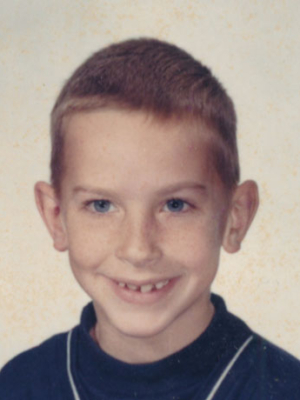
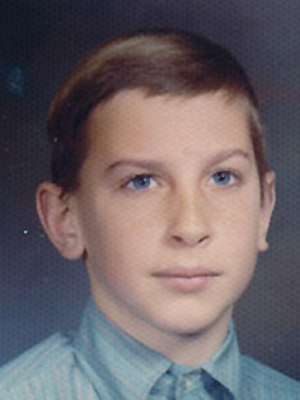
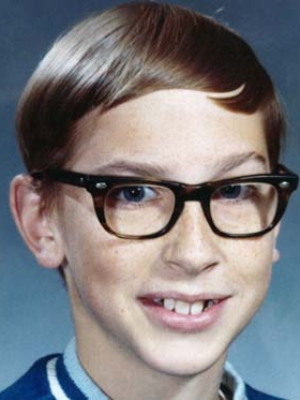
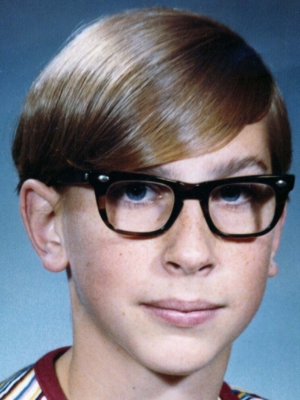
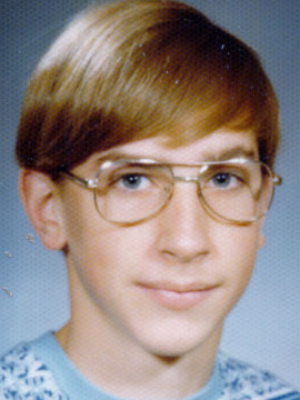
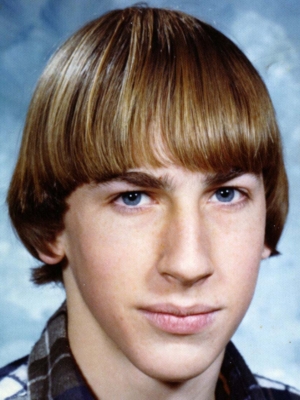
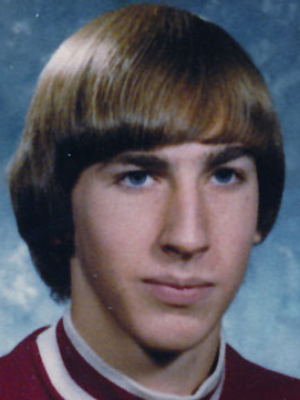
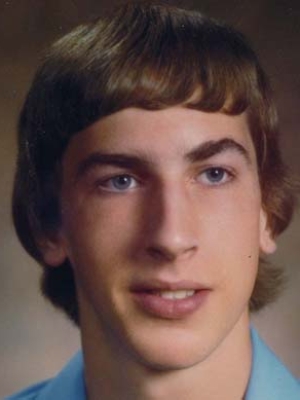
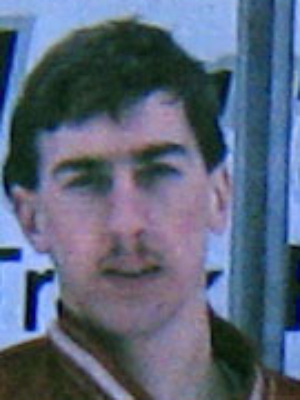
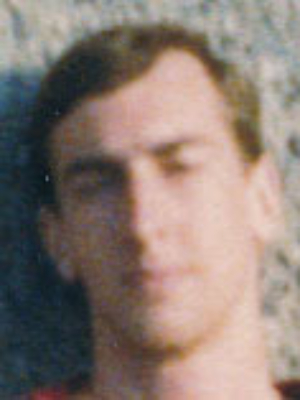
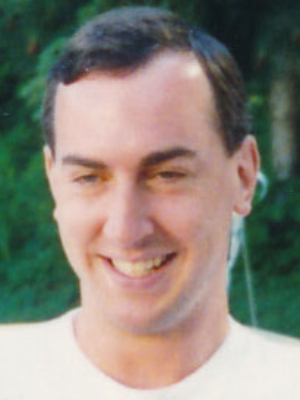
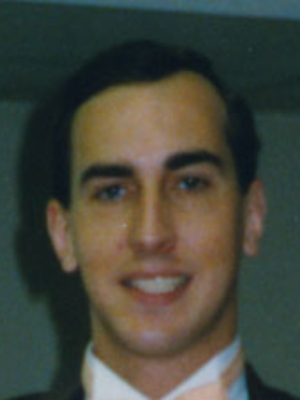
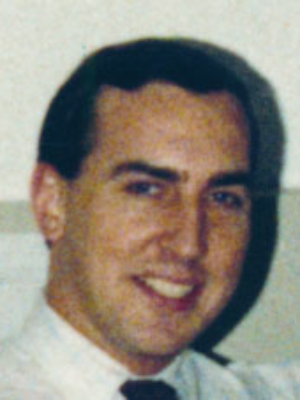
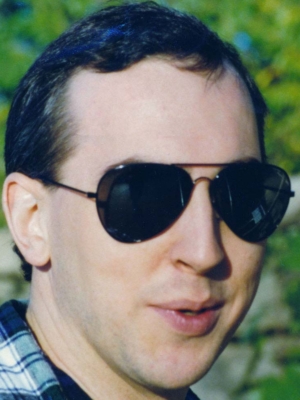
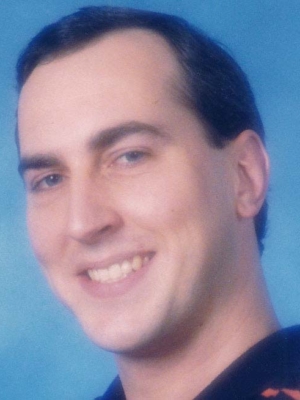
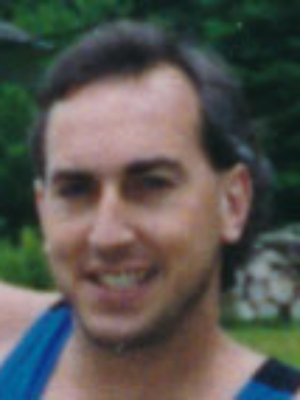
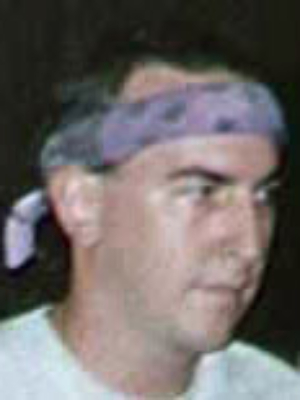
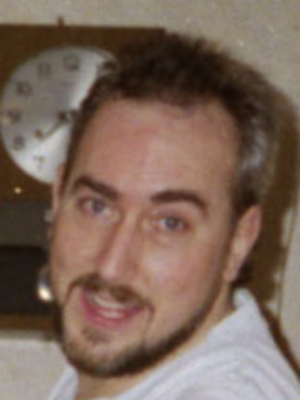
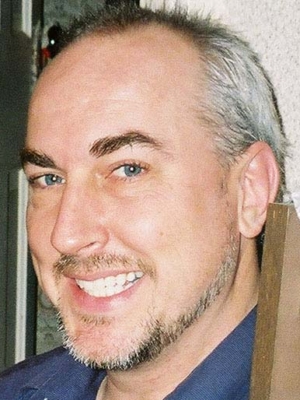

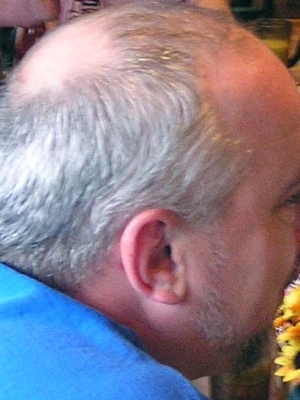
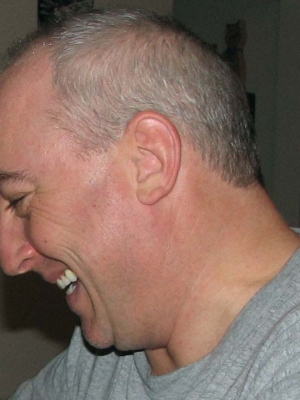
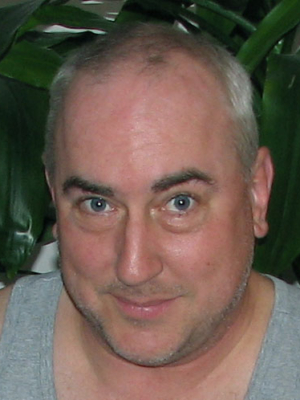

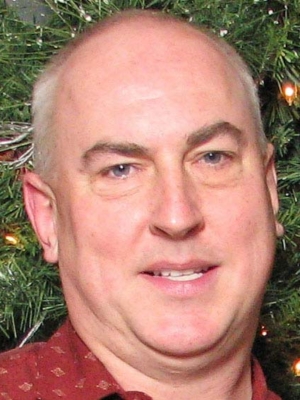
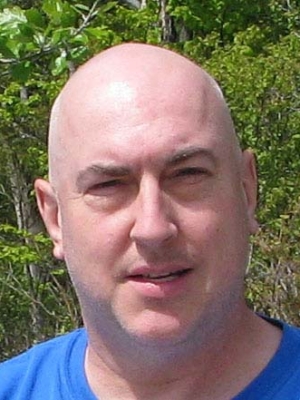
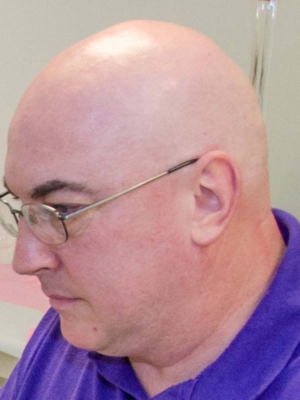
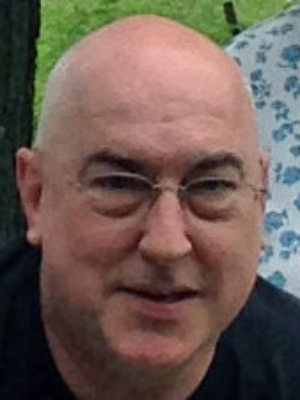

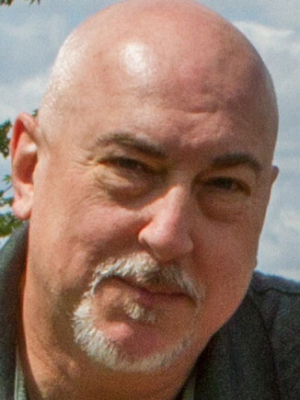












































 In the 1960s, the Tooth Fairly handed out a dime for every baby tooth my sister and I lost. The family dentist was Dr. Witte who had an office a block from Main Street in Frederic, Wisconsin. I remember the waiting room. One time I was proud to announce to my mother that I had only one cavity! Dr. Witte was an older gentleman. All of the lead / silver fillings he put in my mouth have been replaced two times over.
In the 1960s, the Tooth Fairly handed out a dime for every baby tooth my sister and I lost. The family dentist was Dr. Witte who had an office a block from Main Street in Frederic, Wisconsin. I remember the waiting room. One time I was proud to announce to my mother that I had only one cavity! Dr. Witte was an older gentleman. All of the lead / silver fillings he put in my mouth have been replaced two times over.






























































 First, let me say I am not a ‘gun nut’, nor am I against the U. S. Second Amendment. I own guns and shoot them recreationally, on occasion. This post is about my personal history with guns.
First, let me say I am not a ‘gun nut’, nor am I against the U. S. Second Amendment. I own guns and shoot them recreationally, on occasion. This post is about my personal history with guns.



 “Want a sip?”
“Want a sip?”



 Night Shift
Night Shift
